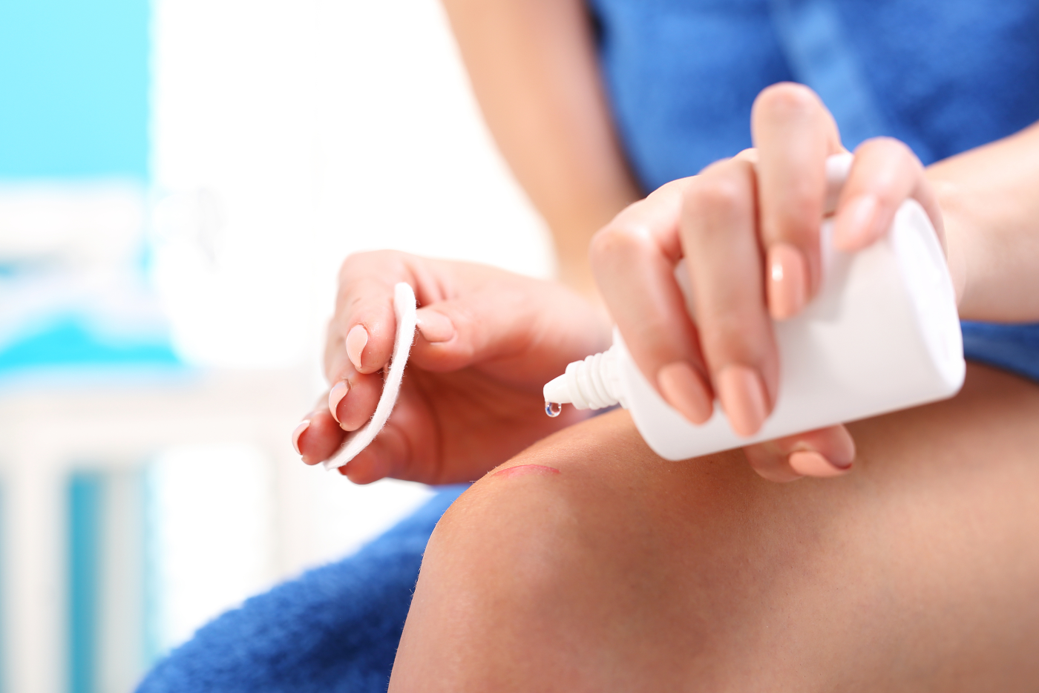Unbelievable Tips About How To Clean A Wound
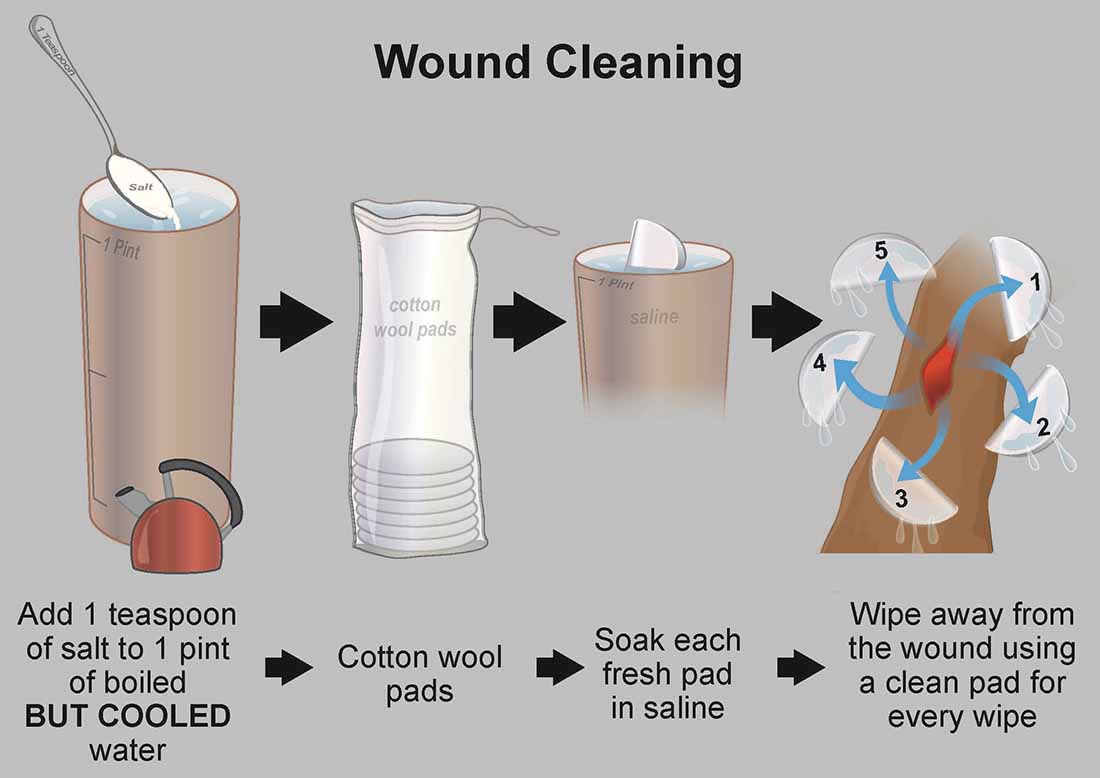
How to clean raw wounds?
How to clean a wound. Tap water is legislated to be almost sterile for drinking in north america. Method 1 cleaning a cut or scrape 1 wash your hands. Before you start, wash and dry your hands.
Soak a gauze dressing or clean cloth in tap water or saline solution (salt water). 1 follow the instructions your doctor has given you. The most important part of caring for a wound is following your doctor’s instructions.
Hold the wound under running tap water for 5 to 10 minutes. To clean a wound, you will need: Absorbent compress dressings 25 adhesive bandages (assorted sizes) adhesive cloth tape antibiotic ointment packets antiseptic wipe packets hydrocortisone.
Learn how to clean a wound properly with nine steps, from washing your hands to applying a dressing. How to effectively cleanse and debride a wound | wound cleansing and debridement, sue templeton for ausmed education. Rinse the wound with water.
How do i keep my wound clean? Follow the steps for simple cuts, scrapes, or burns, and get tips on when to seek medical help or when to bandage the wound. It is an integral part of the.
Learn how to care for traumatic skin wounds and lacerations with wound hygiene (cleansing, irrigation, and debridement) prior to wound closure. Fresh raw wounds love to be showered daily with clean water. Then, wash out the wound with a large quantity of warm, soapy.
Clean the wound: If you are going to be putting your hands near an open cut, whether on you or someone else, your hands. You need to clean and rinse your incision site with a gentle (unscented) soap and water.
Wash your hands wash and dry your hands thoroughly to cut down on the risk of infection. If you have disposable gloves handy, wear those as well. Sterile saline solution (0.9% sodium chloride) can be used to effectively clean any type of wound, no matter how deep.
If you take a shower, you can clean the incision during the shower. Follow the steps for superficial skin wounds and consult. Use clean water and a saline solution to flush away any debris or bacteria.
A clean towel or washcloth; The practice of wound cleansing or antiseptic management has a dichotomous history anchored in tradition and science (1). Typically, 50 to 100 ml per centimeter of wound length is used, but for relatively clean wounds, 30 to 50 ml per centimeter is usually adequate.

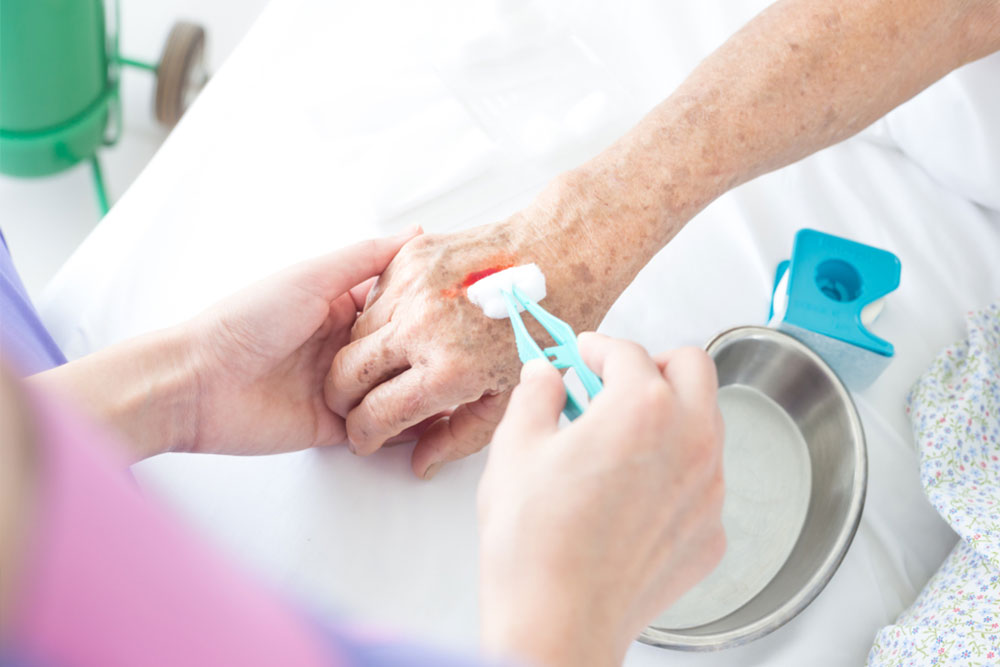

/wound-care-136811314-5c01863046e0fb00010cb14b.jpg)

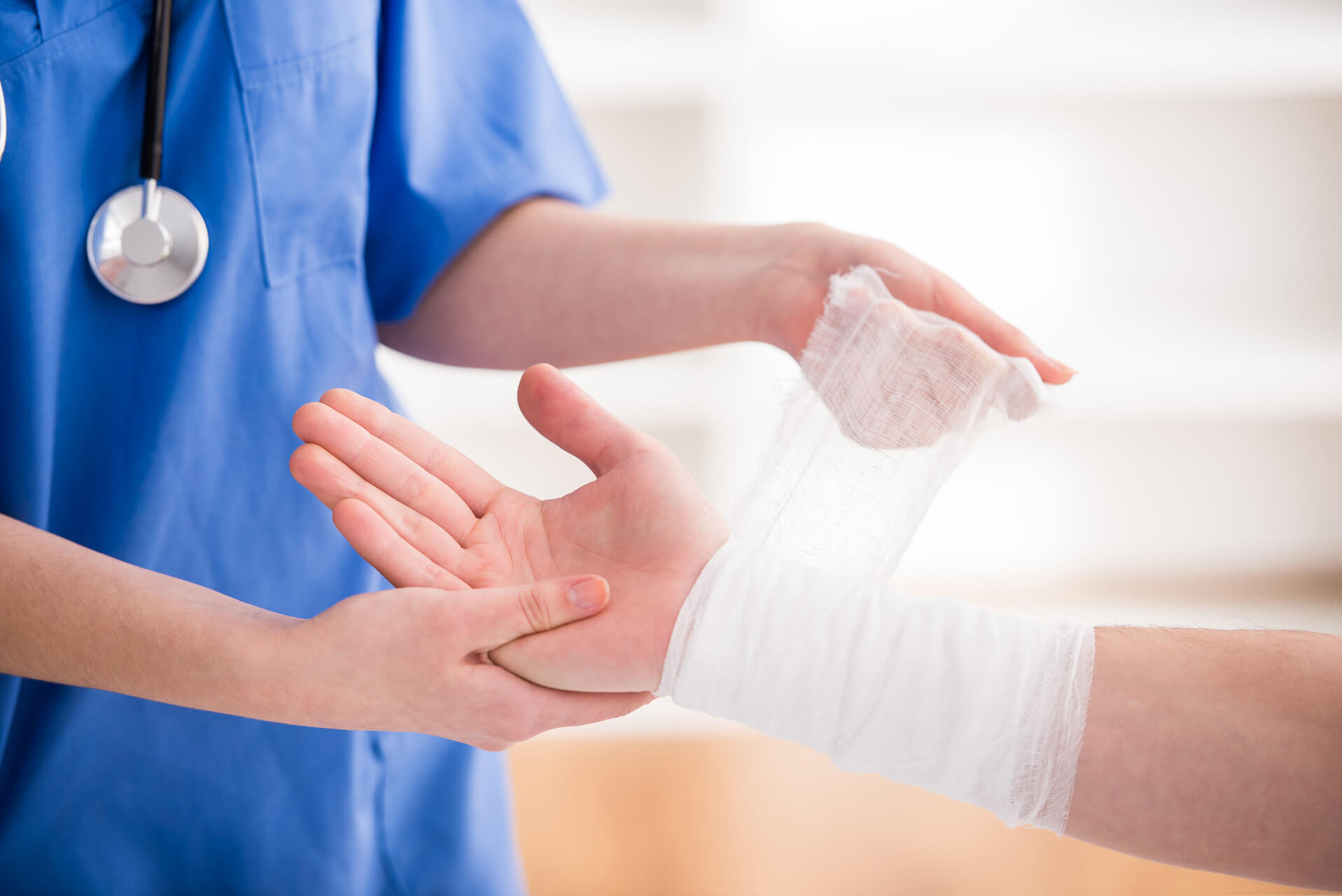
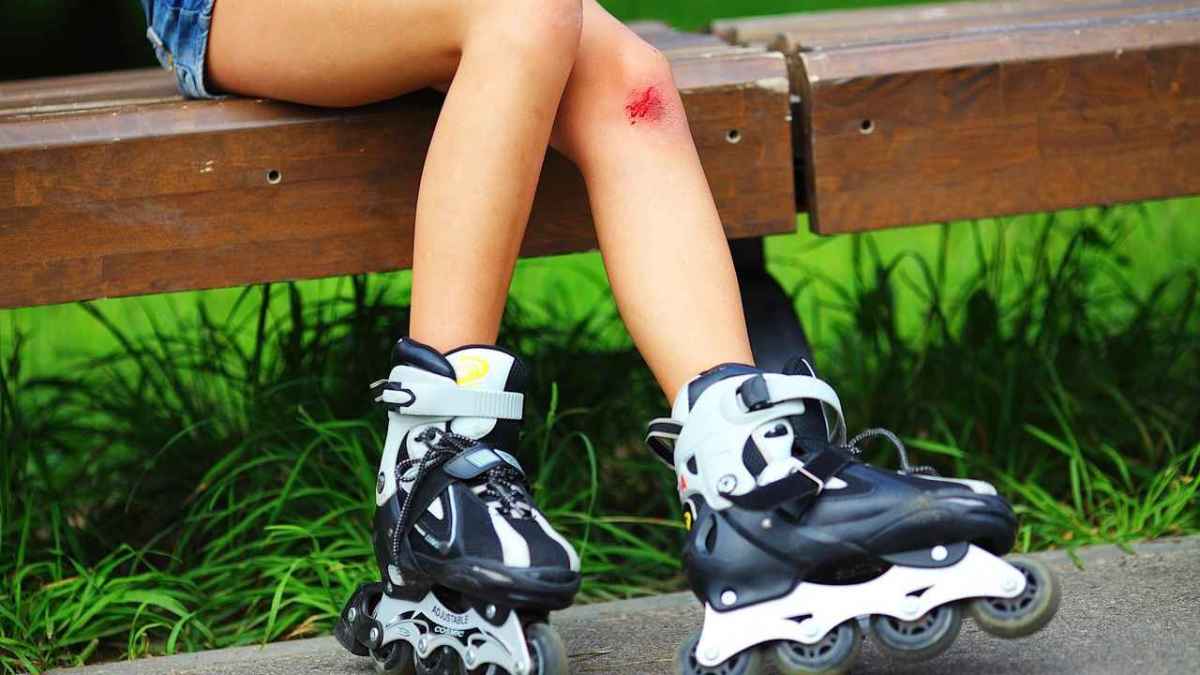
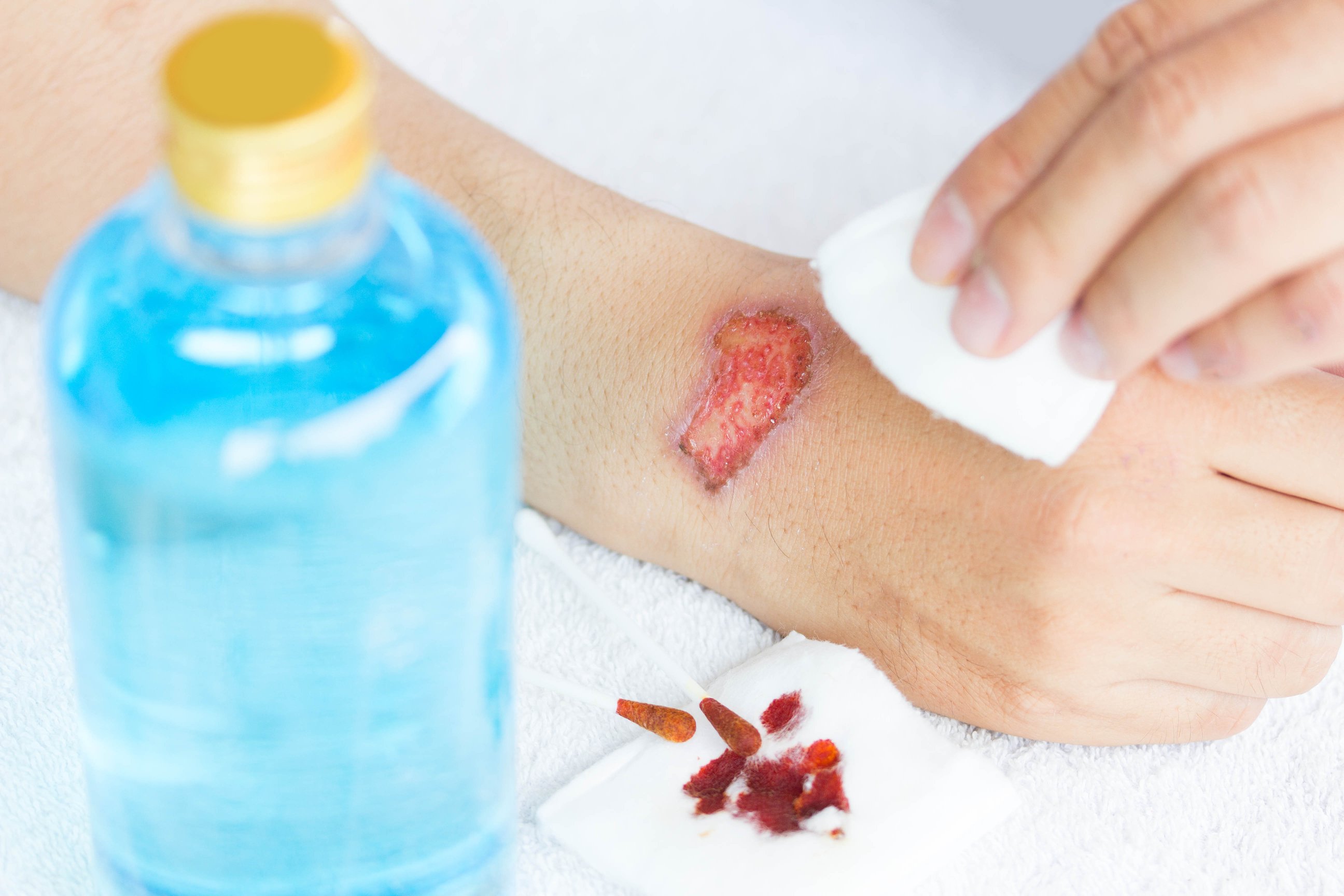
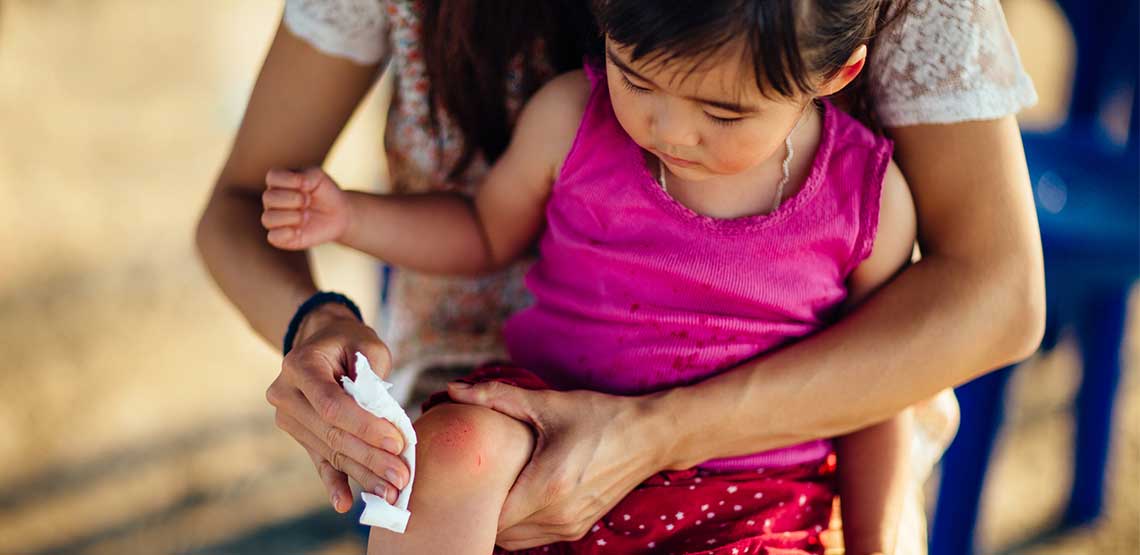


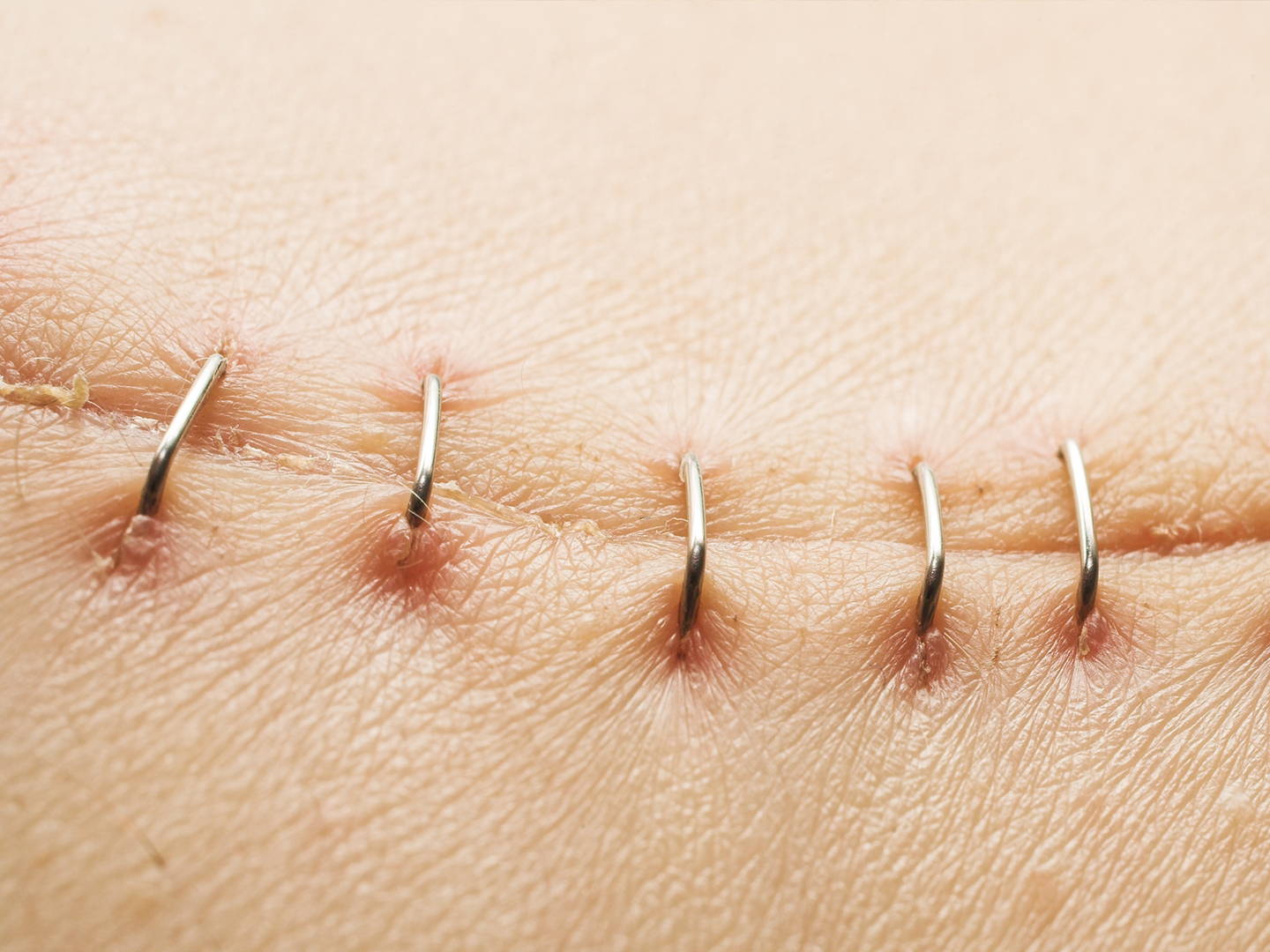


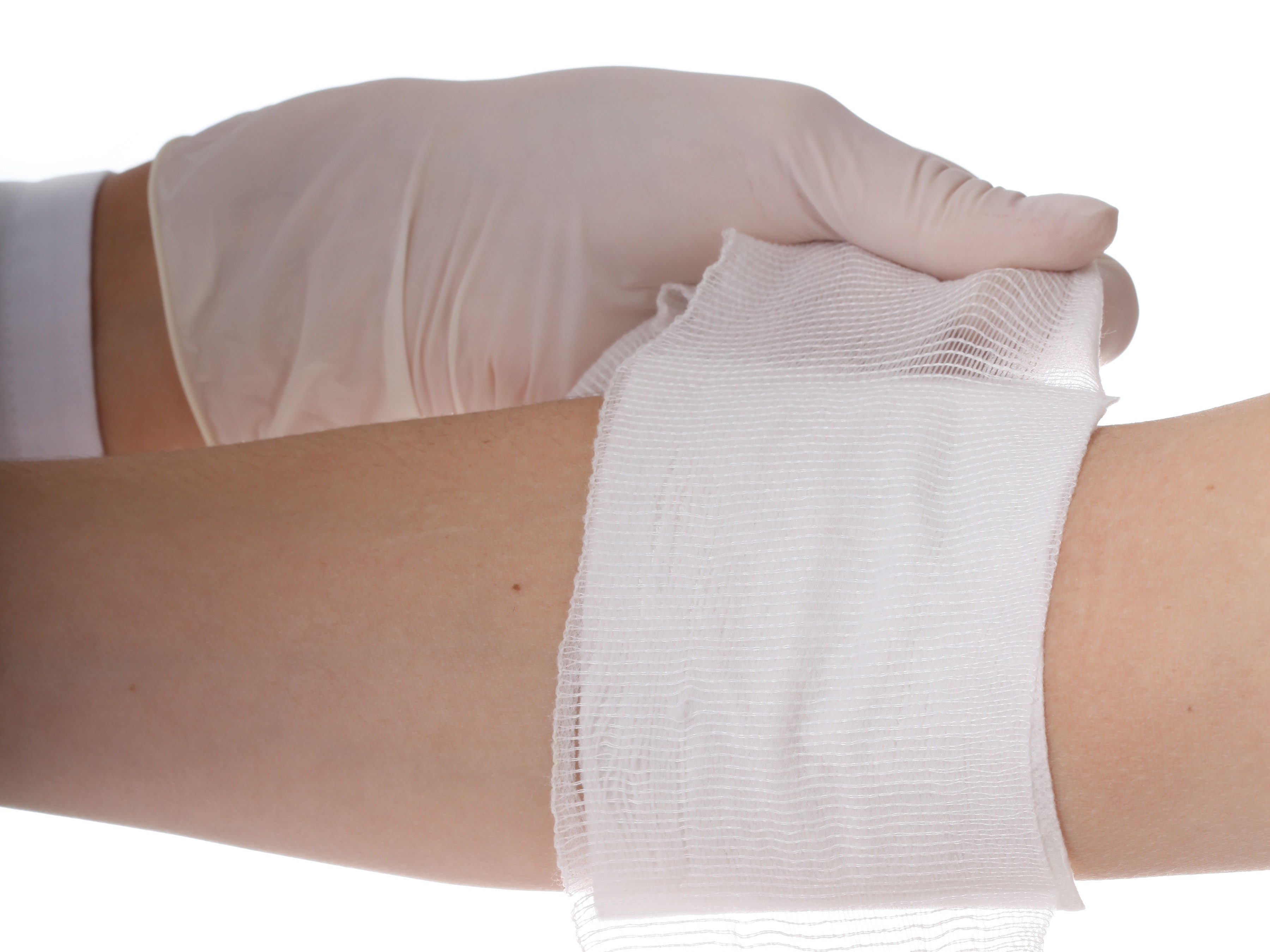


:max_bytes(150000):strip_icc()/CleaningHandwithWater-565b735f3df78c6ddf5acb6a.jpg)
